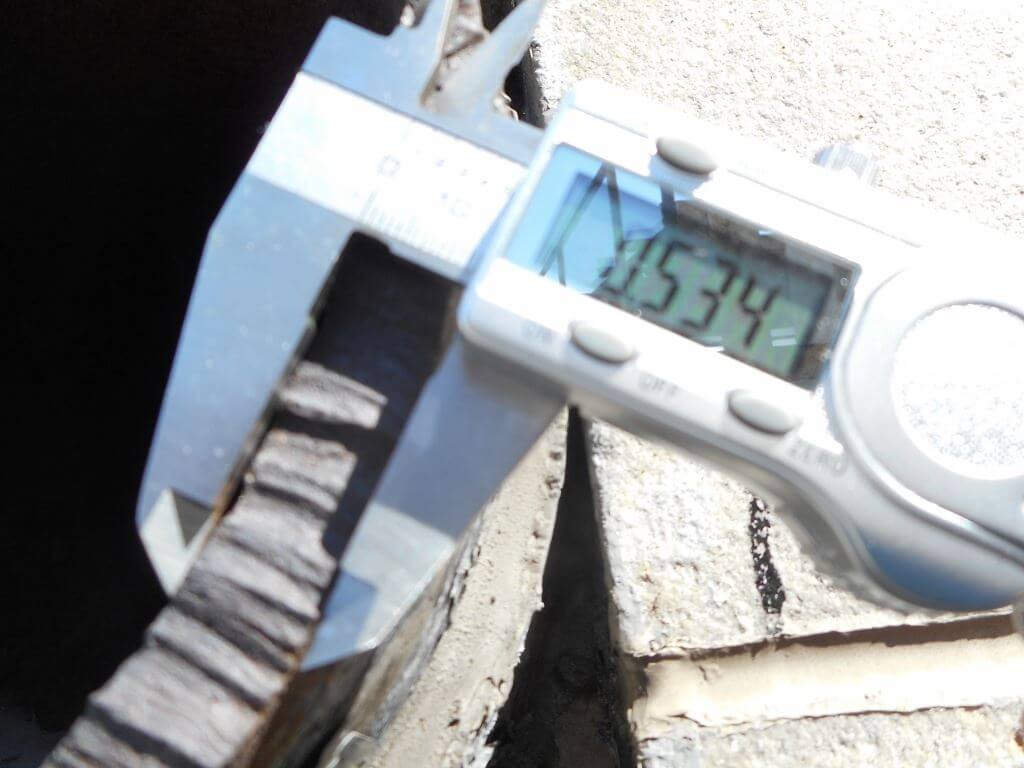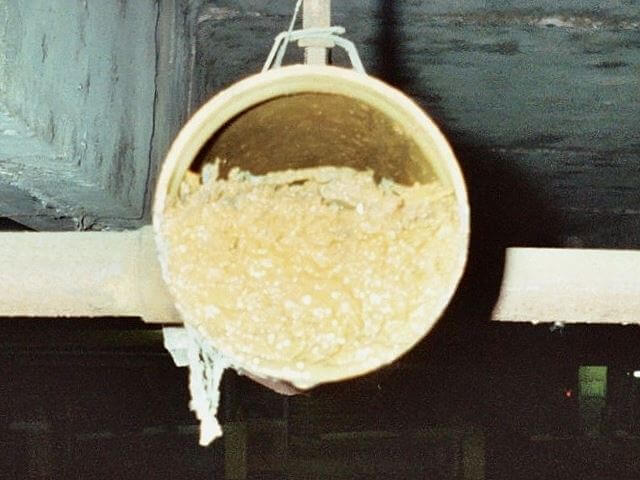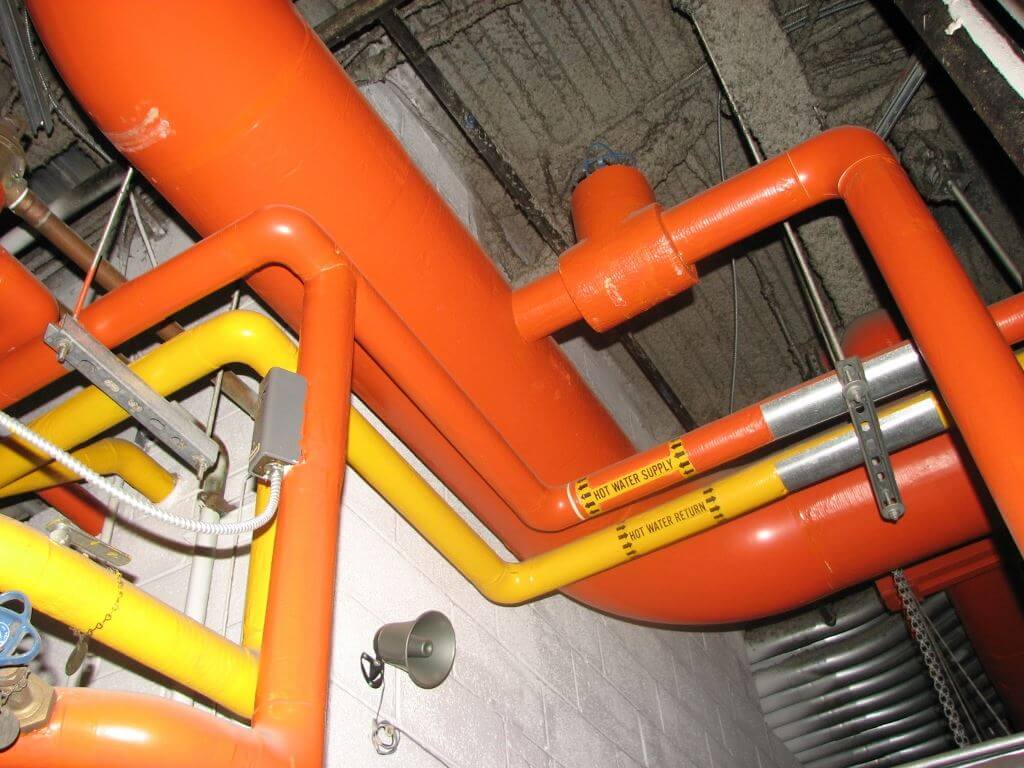The scenario is unfortunately all too familiar. A concerned phone call relating widespread pipe corrosion or failure, even though every standard and industry-accepted action had been taken to avoid such an event.
In many instances, additional precautions such as automatic water filtration systems, extensive chemical feed controls, and chemical/corrosion monitoring had been implemented. For some others, third-party corrosion consultants monitored every fine aspect of the water treatment program. Yet for many, none of their actions made any difference and failures still occurred.
While lacking, inadequate, or poorly administered and maintained chemical water treatment programs clearly exist in many examples, a majority of corrosion problems develop despite evidence that corrosion control had been a high-priority item. In reality, any chemical water treatment company and its representative has the strong underlying interest to provide the finest service possible for every client—thereby extending their contract past just the first year.
Results, however, are often far different than originally planned, with the destruction of virtually new piping systems becoming a growing occurrence that we are unfortunately introduced to on a near-weekly basis. (Background reading: The Key Causes of System-Dependent Corrosion in Piping Systems.)
Results Decades Ago
We return to 1982 and our entrance into the corrosion control field when pipe corrosion—at even the highest threat areas of condenser water and process water piping systems—was an almost non-issue. For closed piping systems, such as chilled water, reheat, hot water or secondary systems, corrosion problems simply didn’t exist. And no one would even consider that corrosion could develop at a fire sprinkler system. Galvanized steel pipe was expected to last almost forever.
Water treatment just 40 years ago was often nothing more than a roughly measured scoop of chemical inhibitor dumped into the cooling tower pan or by-pass feeder on a daily or weekly basis—or often, when remembered. Biocides were similarly hand-fed, or added only after the cooling tower fill turned green.
A precision feed pump on a 24-hour cycle timer was the first major improvement in chemical treatment. Water meter usage-based dosaging and conductivity-based automated blowdown control equipment was just beginning to be implemented in the early 1980s. Corrosion coupons were generally regarded as unnecessary, as was water filtration. In short, pipe corrosion and its impact to building operations was often as far down the ladder of concern as was possible.
A Historical Perspective
Our 33+ year involvement in the field of corrosion control and monitoring has produced indisputable hard proof to the far higher levels of corrosion activity common today. With over 776 ultrasonic piping investigations of properties dating from 1.5 years old, back to the year 1865, we have accumulated a massive volume of hard data. In fact, well over 5.7 million wall thickness measurements across over 1,926 piping systems support this opinion beyond debate.
Past ultrasonic investigations have documented older closed piping systems from the 1950s, having no history of chemical treatment whatsoever, with still high and uniform wall thickness near new ASTM factory specifications. The oldest condenser water installations from the 1940s have still been found at new extra heavy specifications. In the case of one installation, where the outdoor steel cooling tower pipe was never even painted, its ASTM stamp from 1947—exposed to the elements and cooling tower overspray for more than 62 years—was still intact and easy to read.
In one of our oldest investigations, testing identified the original galvanized steel domestic water pipe at a 1896 New York City property (heavily worn, but still acceptable for use). We have also documented a fire sprinkler system installed in San Francisco in 1907, right after the great earthquake and fire, in near new condition. And a high-rise New York City office building from 1959 with its 24" condenser water risers at 0.500"—still at its original ASTM thickness specification 56 years later.

The above caliper measurement showing a 0.534" wall thickness is not that of a new pipe installation, but of an unpainted and uninsulated roof level condenser water pipe installed in 1933, operated for 30 years, and then cut, abandoned and left open to rain, snow and the atmosphere for the past 52 years!
To American building properties where we have identified the installation of Bethlehem Steel pipe, outstanding results are virtually guaranteed regardless of the level of chemical protection or maintenance provided. Single pipe steam heating systems from 1906, using Bethlehem Steel pipe, have been assessed with still another 250 years of service available.
Wrought iron pipe (removed from manufacture in 1965), with its distinctive crosshatch markings, is extremely tough and naturally corrosion-resistant. For virtually any building services application where it has been installed, from condenser water to chill water to fire sprinkler, a service life of 150+ years can often be expected.
Sharp Difference to Today
We contrast such outstanding results to those commonly encountered today, and where substantially greater attention and cost is spent to control corrosion activity, although with often disappointing results.
Problems are nationwide. Advanced corrosion activity at three separate luxury condominiums destroyed their condenser water systems in only 5–7 years. A critical $1 billion dollar computer data center lost almost 0.100" of pipe wall in under three years—almost twice the estimated 0.065" of wall thickness that ASME estimates will occur over the entire lifetime of a typical condenser water system.
We have documented steel pipe corrosion rates under well-monitored chemical treatment conditions approaching 40 MPY—actually exceeding those that we have deliberately created in an ASTM salt spray corrosion test booth. Buildings have replaced their entire condenser water piping systems having a 9 MPY corrosion rate, only to find their new pipe corroding away at 28 MPY.
We have identified many fire protection systems to not only have reached the end of their useful service life in as little as five years, but also having produced enough internal iron oxide rust deposits during that time to clog the sprinkler heads and prevent their functioning.
In the below example, sufficient corrosion product was created within this eight-year-old parking garage "dry" fire sprinkler system to completely cover the lateral branch take-off lines. Had a fire occurred, no water at all would have been delivered to the fire sprinkler heads. More than just a potential threat, people have lost their lives as a result of this most deadly form of pipe corrosion.

The failure of schedule 40 galvanized steel pipe for domestic water distribution is now a common occurrence—documented at one large sports facility in under five years, and at a newly constructed luxury hotel in under one and a half years. (More information on this topic can be found in Top 10 Corrosion Threats.) Large-scale premature failures of galvanized steel piping in both domestic water and fire protection systems have actually forced many design engineers to avoid their use. Yet, the industry is adamant that nothing has changed in the production of galvanized steel pipe over the past 100 years.
But Something Has Changed
Many events have occurred over the past 35 years resulting in both improvements and reductions in pipe corrosion control.
There is little genuine debate that current corrosion control chemicals are less effective under real-world operating conditions than products used decades ago—the unavoidable result of government restrictions, regulations and escalating chemical costs.
At the same time, chemical feeding has become significantly more precise and reliable, with the monitoring of chemical levels, blowdown and water treatment parameters now instantly available at your computer or smartphone. Most modern chemical feed stations will automatically maintain the chemical treatment precisely at set levels as long as the equipment is adequately maintained.
Water filtration, virtually unheard of a few decades ago, is now almost standard to larger open and closed piping systems. Although all too often inappropriately specified, incorrectly sized and almost always installed where least effective, water filtration is now being recognized as extremely important to all HVAC piping systems, especially cooling towers.

In the above example at a hot water heating system, heavier rust particulates will be forced by velocity and centrifugal force to the outside wall of the 90° elbow and away from the inside wall placed filter suction inlet—a common error rendering the filter worthless.
Full flow water filtration, which is the only effective method suitable for open cooling tower systems, is very rarely installed. Instead, very low flow sand filters competing against each other on the basis of their lowest sub-micron particle capture are selected. Highly sophisticated side stream filtration systems are installed, often improperly, and typically ignore the fact that all heavier particulates not captured on the first pass will settle and therefore never be removed.
Piping Layout Designs
Engineering designs of condenser and process water piping systems have changed significantly with the result of inadvertently promoting much higher corrosion levels. The interest to provide absolute redundancy as well as large-scale future expansion may look good on a CAD drawing screen, but becomes a corrosion-inducing nightmare due to the many dead ends and low flow zones created. Small by-pass lines at dead ends, intended to maintain water movement, are in reality useless, and provide no benefit whatsoever.
In fact, the greatest threat to most piping systems is not its corrosion rate, where even a high 5 MPY corrosion loss will still provide 50 years of service for a larger schedule 40 pipe. It is instead the 18 times greater volume of iron oxide rust product created and then trapped within the system to produce far more severe secondary under deposit pitting at 25 MPY.
Corrosion Monitoring
Where corrosion activity and system health are monitored by corrosion coupons, true pipe wall loss is typically under reported by at least 3–10 times—whether measured by 1 coupon or 3 coupon sets maintained by 3 independent corrosion consultants. (To learn more about corrosion coupons, read Corrosion Coupons: Why Relying on One Test Method Isn't Enough.)
For areas of an open piping system subject to the settlement of rust and particulates, such as large diameter headers, bypass lines, crossovers, futures and lead lag distribution runs, corrosion coupons cannot provide any possible estimate of wall loss—thereby leaving the condition of the most vulnerable areas of every piping system totally unknown.
Without some other reliable form of corrosion monitoring, a total reliance on corrosion coupons often results in a surprise just a few years down the road due to corrosion issues that actually started to develop on day one.
Lower Pipe Quality
Few knowledgeable individuals handling and installing pipe over the past few decades would even question the statement that today’s pipe is of far lower quality—both physically as well as in its corrosion resistance. While pipe foreign imports to the United States were originally blamed for many system failures, we now see the same level of problems involving genuine U.S.-made piping products.
Lower quality is not only common for carbon steel pipe, but also for galvanized steel and copper pipe. Replacing galvanized steel pipe that first lasted 65 years means a likely failure of the new pipe within only 5–10 years.
Copper pipe, which has traditionally offered almost unlimited service life, is now being produced not just undersized in its wall thickness similar to steel, but also having poor uniformity. The same ASTM-stamped Type K copper pipe may be above Type L dimensions on one side and near Type M on another. Corrosion rates, traditionally at below 0.3 MPY, are now more common at above 1 MPY.
Undersized Pipe Wall
Moving back in time, just 20 years, almost all steel pipe was manufactured at or above its ASTM-defined wall thickness specification. In the one example of 82-year-old pipe, we measured 0.534" of wall thickness for extra heavy-wrought iron pipe originally manufactured to an ASTM A72 thickness specification of 0.512".
In contrast to decades ago, however, most pipe manufactured today is undersized, and often at or very near the 12.5% lower tolerance limit allowed by ASTM. This means that the new 10" schedule 40 pipe intended for a new cooling tower is not 0.365" as stamped on its side, but often 12.5% below that dimension or in fact closer to 0.319".

In the above photo, all uninstalled new 6" schedule 40 cooling tower pipe for this project was documented as having a wall thickness of near 0.248". That is 0.032" or 11.4% under its ASTM A53 specification. For an extremely competitive market in which steel pipe from as far away as China, Oman, Turkey and Thailand is being supplied, manufacturers have taken full advantage of the wide +/- 25% wall thickness tolerance that still exists from the early 1900s.
The issue of undersized pipe is so pervasive today that we rarely ever measure new pipe manufactured near its intended ASTM thickness specification—a finding that holds true for carbon steel, galvanized steel and copper pipe. And while a 12.5% loss of pipe wall to 12" schedule 40 pipe is tolerable, it becomes critically threatening when similarly reduced from schedule 10 or schedule 7 thin wall fire sprinkler pipe.
Cumulative Negative Impact
Multiple changes to the piping industry present significant although mostly unrecognized threats to every building owner, developer, property manager, chief engineer and professional engineer.
The advanced piping failures we regularly document at newer building properties are in stark contrast to virtually every older building similarly evaluated, and are becoming far more dramatic in comparison due to:
- Less effective chemical treatment
- Lower quality pipe
- Complicated piping layouts
- Thinner pipe schedules
- Undersized pipe wall thickness
- Ineffective water filtration
- Green influences
In many respects, it is a "perfect storm" of critically interdependent issues all moving in the wrong direction. And from our perspective, reinforced often, there seems to be no interest or incentive to reverse its course.
***
The article and photos previously appeared at http://www.corrview.com/. Reprinted with permission. Copyright 2015 CorrView International, LLC.